A star’s flyby likely altered the orbits of trans-Neptunian objects beyond Neptune that changes how we view the solar system’s boundaries.
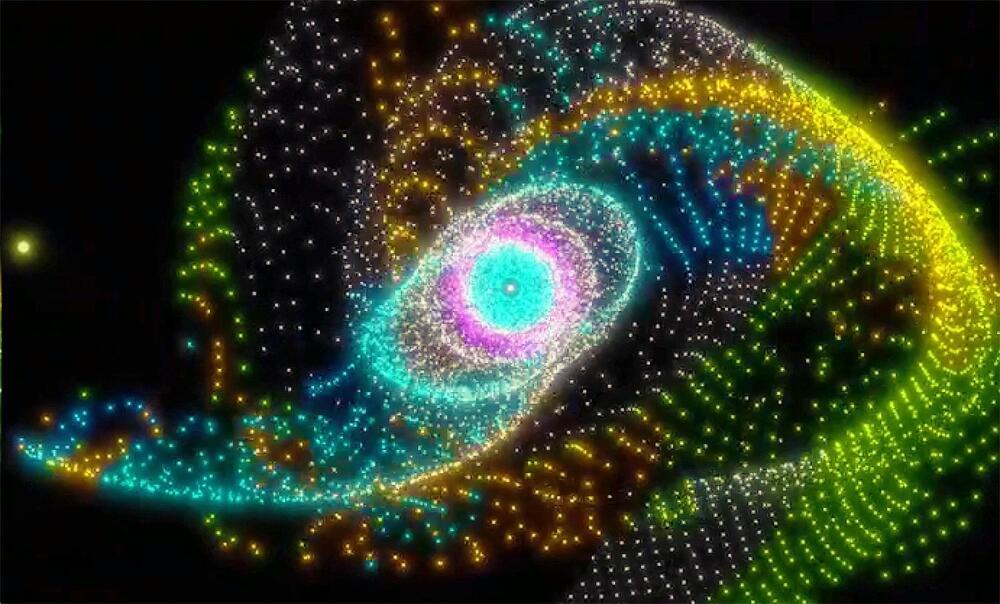

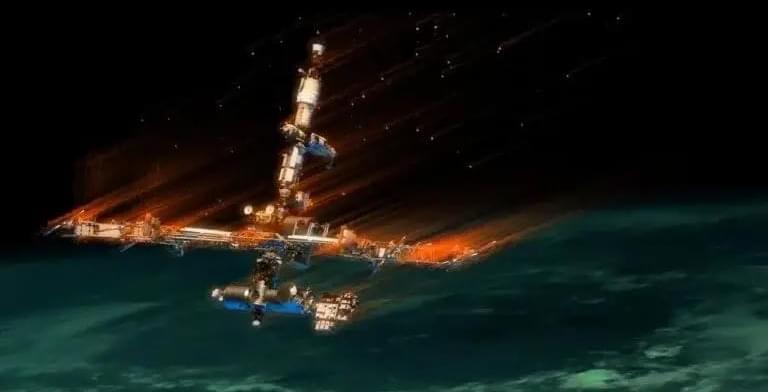
Well, that’s it, actually. The sentence has been signed, the money has been allocated to the executioners. For now, one billion dollars, and then we’ll see how it goes. Since NASA has decided to deorbit the ISS itself, the cost may increase considerably. But this will not surprise anyone, this is the norm in the USA.
Moreover, if political motives are involved, they cost more. If Roscosmos carried out such an operation, most likely, it would cost less, if only because it has everything for it. And NASA has nothing.
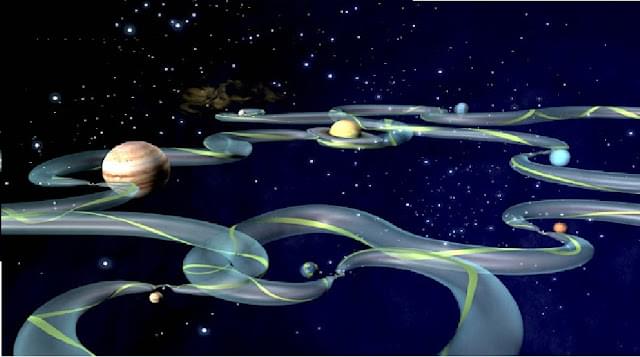
A new superhighway network has been identified by researchers, which enables significantly faster travel through the Solar System than was previously feasible. This network can facilitate the transportation of comets and asteroids from Jupiter to Neptune in under a decade and up to 100 astronomical units within a century.
The technology could facilitate swift transportation of spacecraft to the remote regions of our solar system while also aiding in the detection and understanding of nearby objects that pose a threat of colliding with our planet.
In a paper published on November 25, 2020, in the journal Science Advances, researchers have identified a series of interconnected arches forming space manifolds that extend from the asteroid belt to Uranus and beyond, which create a new “celestial autobahn.” These structures operate on a much shorter time scale of several decades, as opposed to the hundreds of thousands or millions of years characteristic of Solar System dynamics.
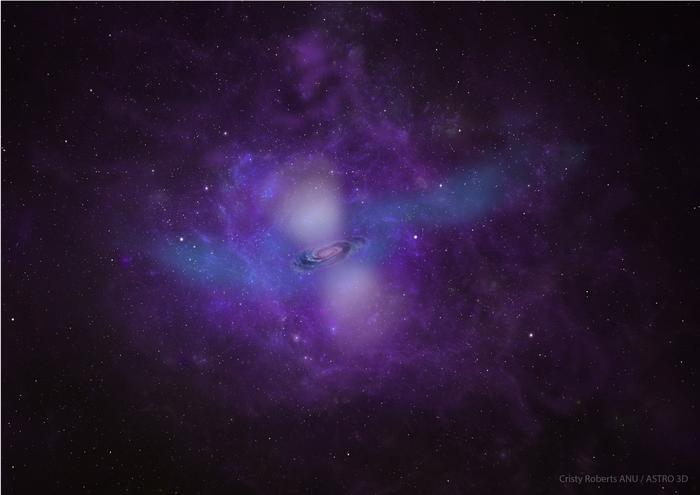
“The circumgalactic medium plays a huge role in that cycling of that gas,” said Dr. Nikole Nielsen.
What are the exact sizes of galaxies, and are they bigger than they appear in deep space images? This is what a recent study published in Nature Astronomy hopes to address as an international team of researchers investigated the dust cloud that has long been hypothesized to orbit galaxies, indicating that galaxies are bigger than they appear. This study holds the potential to help scientists better understand the formation and evolution of galaxies, along with where the galaxy ends, and open space begins.
For the study, the researchers examined what’s known as the circumgalactic medium (CGM), which is a gas reservoir that extends far beyond a galaxy’s observable boundary, within a star-forming galaxy located 270 million light-years from Earth. Using novel imaging methods with ASTRO 3D, the researchers were able to observe this galaxy’s CGM extends as far out as 100,000 light-years beyond the galaxy’s observable boundary. Additionally, the team reports the physical aspects of the gas cloud, which is comprised of oxygen and hydrogen, changed as the gas cloud extended farther out.
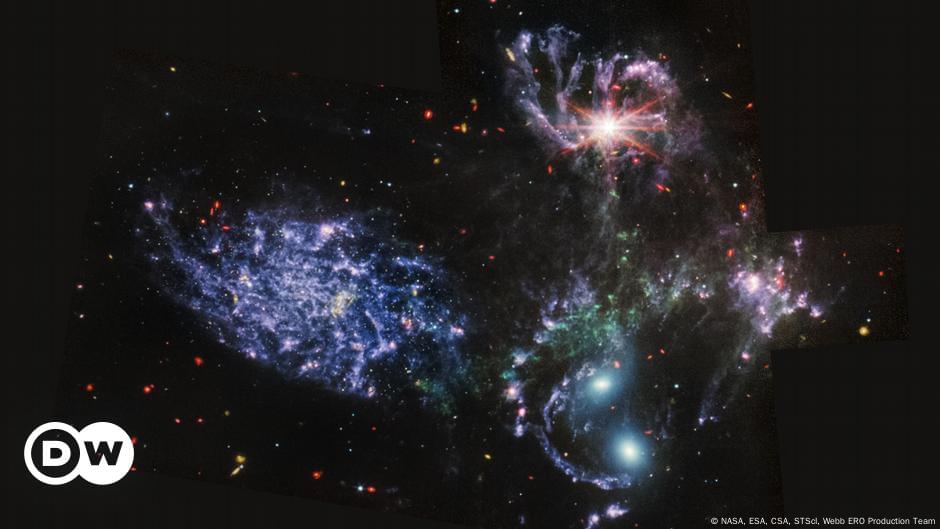
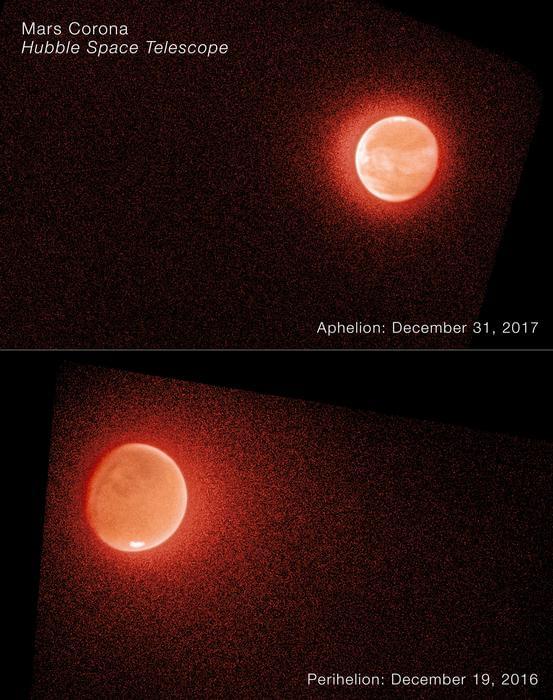
“In recent years scientists have found that Mars has an annual cycle that is much more dynamic than people expected 10 or 15 years ago,” said Dr. John Clarke.
What happened to all the liquid water on Mars and what can this teach us about Earth-like exoplanets? This is what a recent study published in Science Advances hopes to address as an international team of researchers investigated the atmospheric and atomic processes responsible for Mars losing its water over time. This study holds the potential to help researchers better understand the evolution of Mars, specifically regarding the loss of water, and what implications this holds for Earth-like exoplanets.
For the study, the researchers used a combination of data from NASA’s Mars Atmosphere and Volatile Evolution (MAVEN) and Hubble Space Telescope (HST) spacecraft to measure the ratio of hydrogen and deuterium that escapes from Mars over three Martian years, with each Martian year comprising 687 Earth days. Deuterium is also called “heavy hydrogen” since it is a hydrogen atom with a neutron in its nucleus, making its mass greater than hydrogen.
Since deuterium is heavier, this means hydrogen is lost to space faster, and measuring this present-day loss can help scientists determine how much was lost in Mars’s ancient past. Additionally, Mars’ orbit is more elliptical than Earth, meaning it orbits farther away from the Sun at certain times of the year, and this could also contribute to hydrogen loss, as well. In the end, the team found that this ratio changes as Mars is closer to the Sun and farther away, which challenges longstanding hypotheses regarding Mars’s atmospheric evolution.
Discovering Earth’s third global energy Field. 🌀
A NASA-led rocket team has finally discovered the long-sought electric field driving particles from Earth’s atmosphere into space ‼️
First hypothesized over 60 years ago, it is “an agent of chaos” whose impacts are still not fully known: go.nasa.gov/3XcDDLD
An international team of scientists has successfully measured a planet-wide electric field thought to be as fundamental to Earth as its gravity and magnetic fields. Known as the ambipolar electric field, scientists first hypothesized over 60 years ago that it drove atmospheric escape above Earth’s North and South Poles. Measurements from a suborbital rocket have confirmed the existence of the ambipolar field and quantified its strength, revealing its role in driving atmospheric escape and shaping our ionosphere — a layer of the upper atmosphere — more broadly. The paper was published today in the journal Nature.
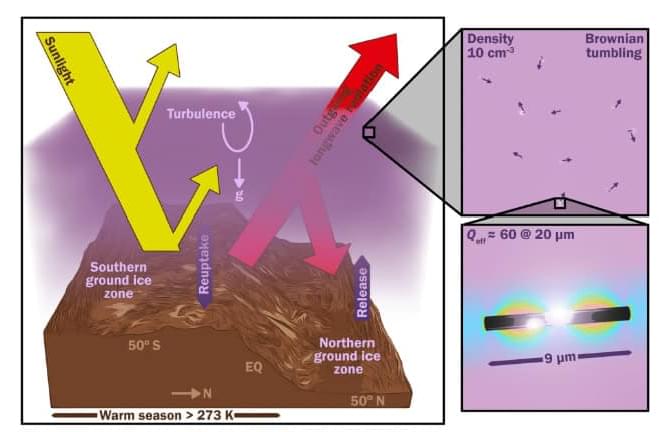
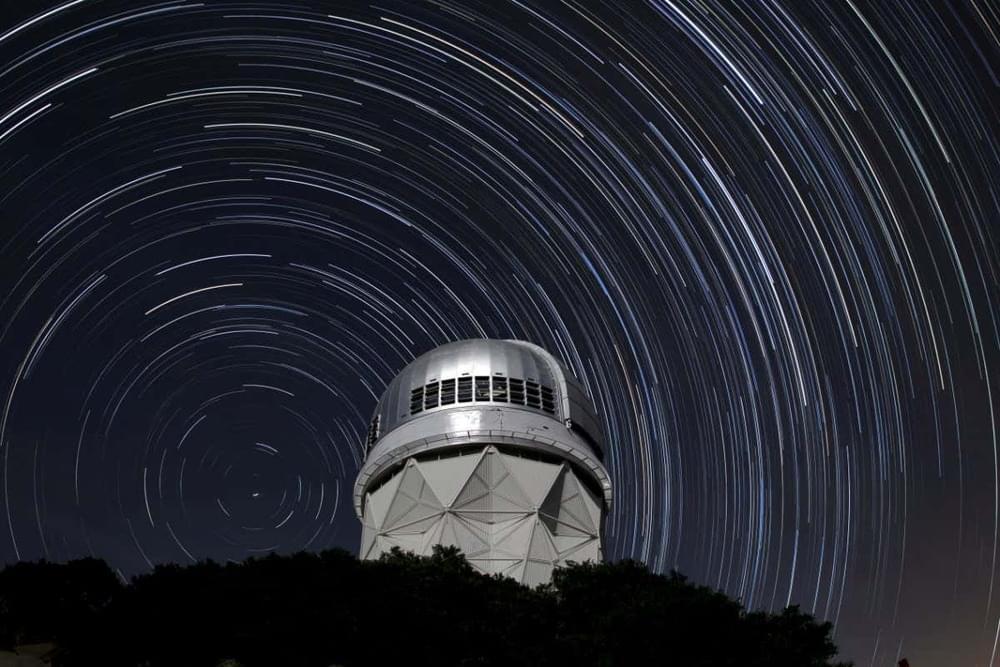
face_with_colon_three year 2022.
Astrophysicists hope a map created by the Dark Energy Spectroscopic Instrument will help answer questions about the expansion of the universe.

The University of Texas at Austin this week announced that it has opened its undergraduate robotics program to high school applicants. The honors program is one of the first in the U.S. that allows incoming freshmen to apply for the program as part of their initial admission application. It’s a clear indication that robotics is no longer in the realm of hyper-specialized graduate and doctorate programs.
The minor is tied to a handful of other majors, including aerospace engineering, electrical and computer engineering, computational engineering, computer science and mechanical engineering. Each forms a foundational piece of an eventual robotics major. With the rise of robotics in high school STEAM teaching, the program is designed to maintain incoming freshmen’s interest in the growing space.